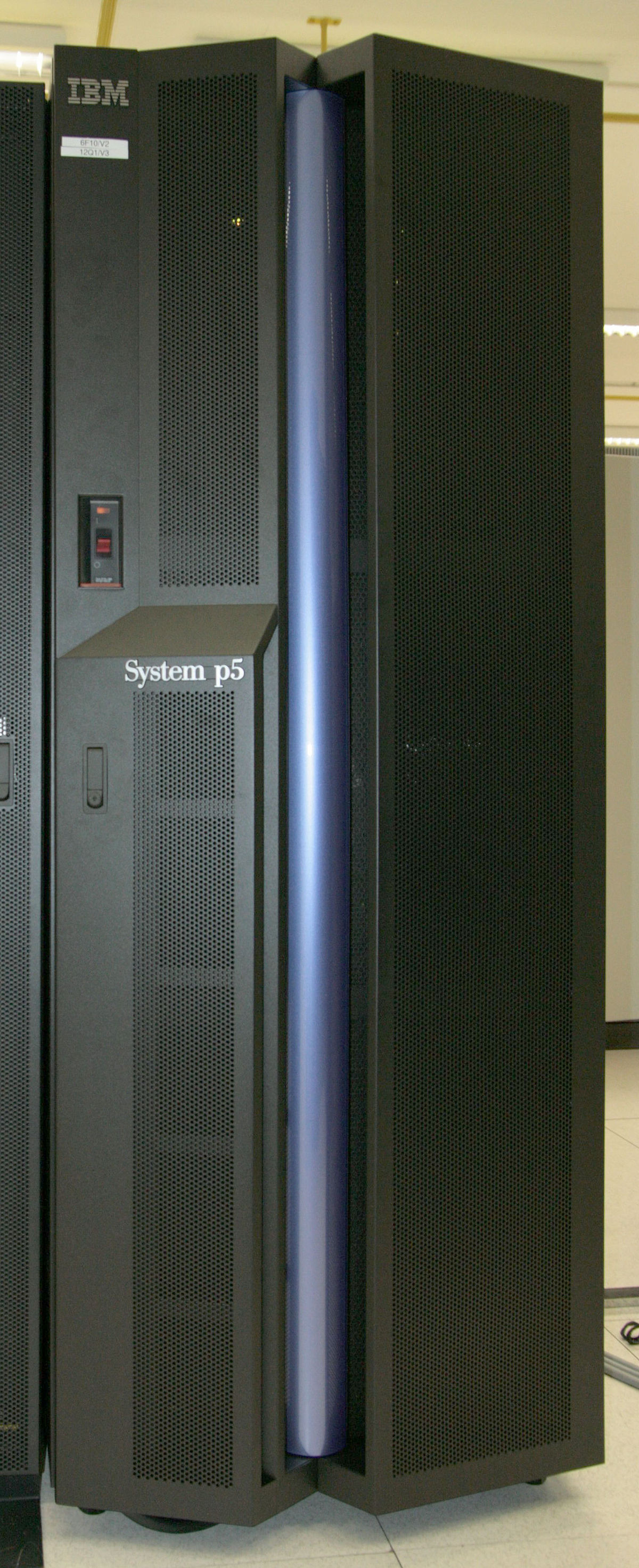lol, in consumer computer market? They dont make any of them but servers or super computers.. Even HP uses Intel, AMD, and Nvidia parts.
The Red is what is known as a goal post shift. You said nothing about which market, only that they never made their own CPUs. They make their own CPUs and use them in their own hardware, and have for a good 30+ years. It would help to be specific with what is said, because history and current offerings from those companies prove your statement completely wrong.
BL.



